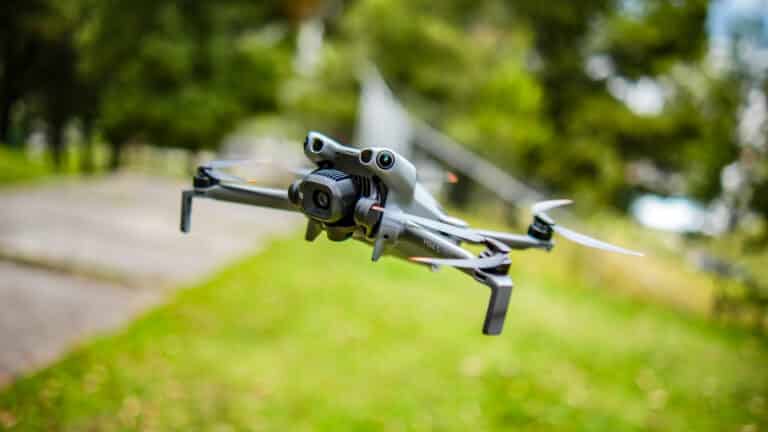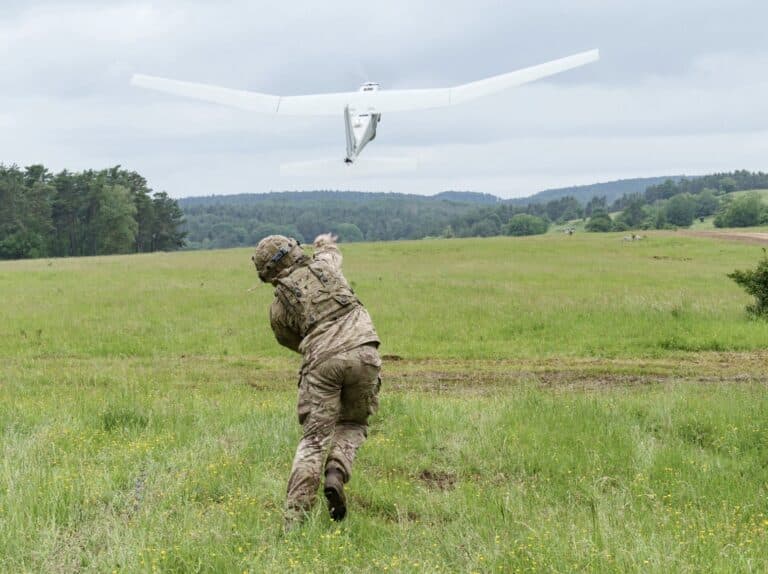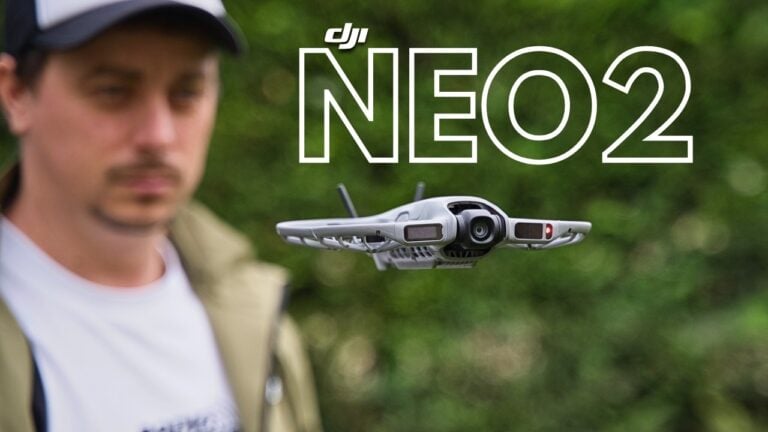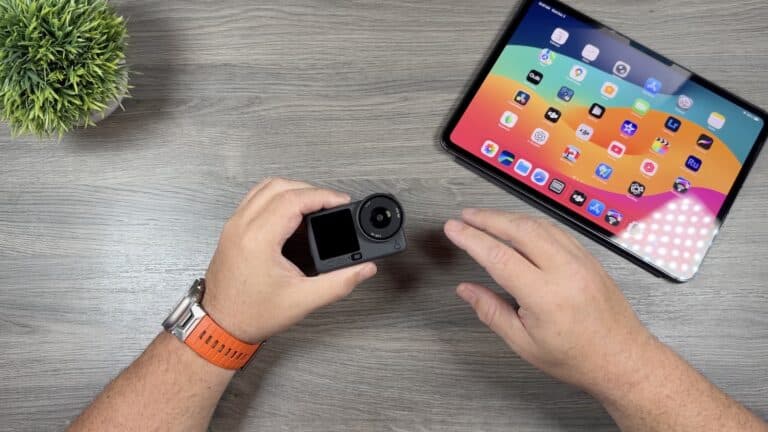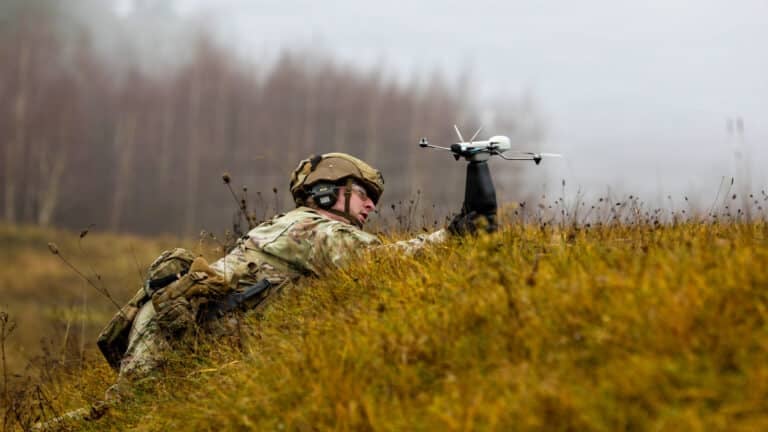MSU Study: Drones Transform Farming Faster Than Any Tech, But U.S. Farmers Face Ban Deadline
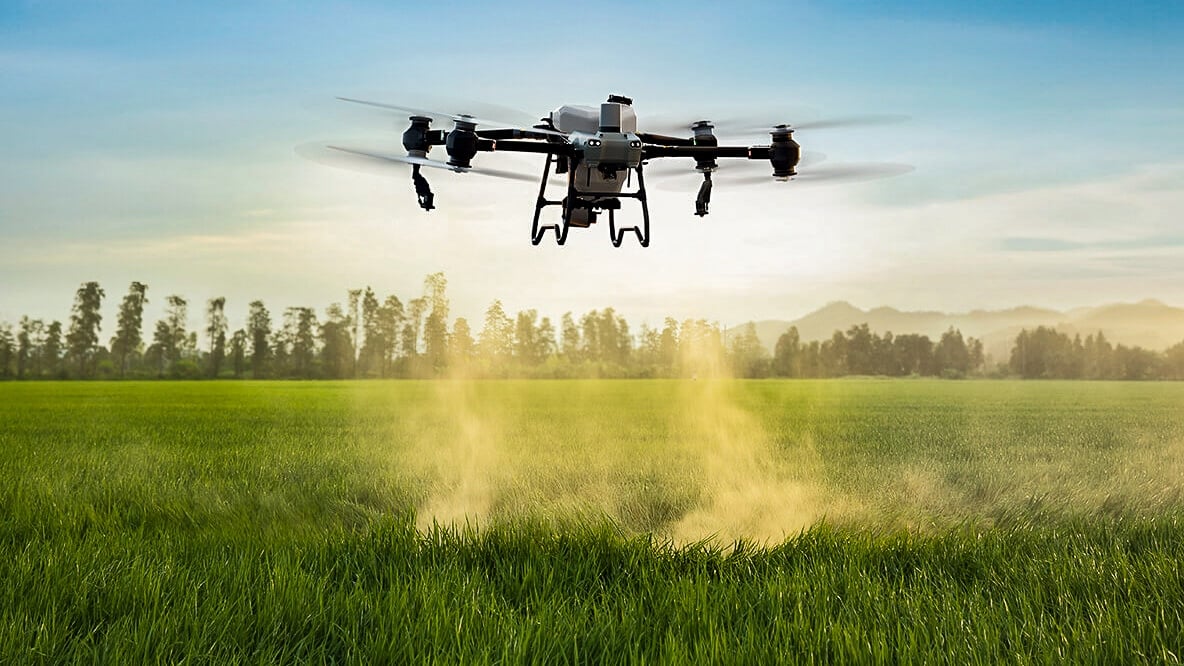
Amazon Drone Deals: DJI Mini 5 Pro Fly More Combo with DJI RC2 now for $1,099!
A landmark study published in Science reveals agricultural drones are reshaping farming faster than almost any technology in history. The timing couldn’t be more ironic for American farmers facing a potential DJI ban in less than 30 days.
Agricultural Drone Revolution Documented
Michigan State University researchers found that millions of farmers worldwide have embraced drone technology in just five years, with U.S. adoption exploding.
“The drone revolution is reshaping farming faster than almost any technology before it,” the MSU study authors wrote. “In just five years, millions of farmers around the world have embraced drones.”
The numbers tell a striking story. Agricultural drones registered with the FAA leaped from roughly 1,000 in January 2024 to around 5,500 by mid-2025.
Industry reports suggest those numbers substantially underreport actual U.S. drone use because some owners avoid the complex registration process.
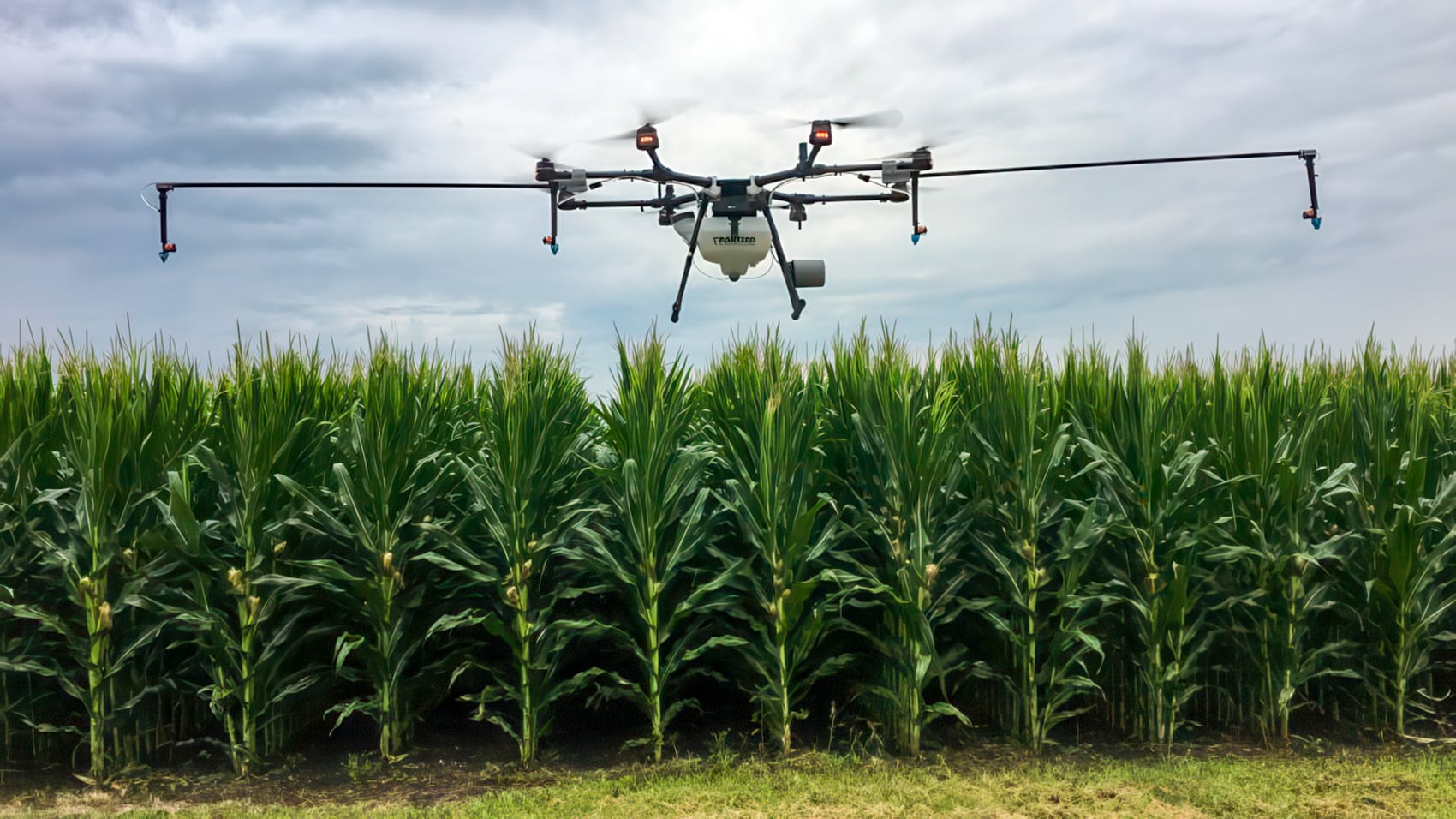
Flying Tractors Take Flight
Modern agricultural drones have evolved dramatically from their early iterations.
“Just a few years ago, agricultural drones were expensive, small and difficult to use, limiting their appeal to farmers,” MSU Agricultural Economist Ben Belton wrote. “In contrast, today’s models can be flown immediately after purchase and carry loads weighing up to 220 pounds.”
That’s the weight of two sacks of fertilizer.
These flying workhorses now perform tasks ranging from spraying pesticides and spreading fertilizers to sowing seeds, transporting produce, dispensing fish feeds, painting greenhouses, monitoring livestock, and mapping field topography.
“This versatility makes drones valuable for growing numerous crops on farms of all sizes,” Belton reported.
A Reversed Technology Flow
The study documented something unprecedented in agricultural history.
Historically, farm technology like tractors spread from wealthy nations to developing countries over decades. Drones flipped that pattern entirely.
“Drones partially reversed and dramatically accelerated this pattern, diffusing first from East Asia to Southeast Asia, then to Latin America, and finally to North America and Europe,” Belton wrote.
China leads the world with more than 250,000 agricultural drones in operation. A Chinese company introduced the first agriculture-specific quadcopter model in 2016.
Thailand saw drone coverage explode from near zero in 2019 to 30% of farmland by 2023.
Small Farms Stand to Gain Most
The technology offers particular promise for the world’s smallest operations.
Farms under 5 acres account for 85% of agricultural land globally. These small operations benefit most from drone efficiency gains.
Belton notes drones save farmers time and money worldwide, with the technology now doing dangerous and tiring manual spraying work. Shifting from backpack sprayers to drones substantially reduces farmers’ direct exposure to harmful chemicals.
The technology is also creating new skilled employment opportunities in rural areas, particularly for young people.

The December Deadline Looms
Here’s where the story takes a troubling turn for American farmers.
DJI dominates the global agricultural drone market. The company’s ag division generates an estimated $1.2 to $1.5 billion annually, with more than 400,000 DJI agricultural drones deployed worldwide by late 2024.
In the U.S. market, DJI controls roughly 80% of agricultural spray drone sales.
On December 23, 2025, DJI faces automatic addition to the FCC’s Covered List unless a federal security agency completes a mandated review. No agency has begun that process with less than a month remaining.

Price Gap Creates Crisis
The economic math presents a brutal reality for farmers considering alternatives.
A DJI Agras T50 agricultural drone carries an MSRP around $18,000. American-made alternatives from companies like Hylio start at $20,000 for entry-level models and can reach $85,000 for advanced systems.
That’s a 3x to 5x price increase for comparable capability.
Tim Rigdon, founder of CropCare agricultural drone spraying company in western New York, told reporters he’s considering closing entirely if Chinese drones are banned.
In Ohio, nuWay Ag has already laid off 2 of 22 employees because supply constraints prevented them from securing enough DJI units to meet demand.
Domestic Production Can’t Fill the Gap
Texas-based Hylio represents the leading American alternative. The company is expanding manufacturing to a new 40,000 square foot facility near Houston.
Their target: 5,000 units annually by 2028.
That’s up from an estimated 500 to 1,000 units per year today. Even at full capacity, domestic production would cover a fraction of current DJI market share.
“The only way to get American companies to get better, because we’re so far behind, is to fly American drones, but it’s a huge upfront cost,” Rigdon said.
Sustainable Intensification at Risk
The MSU study highlighted drones’ potential to solve agriculture’s fundamental sustainability challenge.
“Drones may increase the amount of food that can be produced on each acre of land, while reducing resources needed to do so,” Belton wrote. “This outcome is a holy grail for agricultural scientists, who refer to it as ‘sustainable intensification.’”
DJI’s own data shows agricultural drones have saved approximately 222 million tons of water and cut carbon emissions by 30.87 million metric tons globally.
A DJI drone ban would remove the primary tool making that possible for American farmers.

DroneXL’s Take
The timing of this MSU study couldn’t be more pointed. Scientists have now documented what farmers already knew: drones are transforming agriculture at unprecedented speed. And American farmers are about to lose access to the technology driving that transformation.
We’ve covered this collision course extensively. Just days ago, we reported on Florida’s DJI drone ban disaster, where the state destroyed $200 million worth of functional drones with zero evidence of security threats. Farmers there would lose an estimated $1 to $2 billion in operational efficiency.
The human cost extends beyond agriculture. Our analysis of why the DJI ban means lives lost documented how 67% of drone-dependent businesses say they would shut down entirely. The price gap between DJI and American alternatives runs $6,500 versus $35,000 for comparable mapping capability.
We’ve tracked farmers eyeing American-made options as the deadline approaches. Hylio is scaling up, but their 5,000-unit target by 2028 won’t come close to filling the void. Meanwhile, DJI continues innovating, releasing advanced systems like the Agras T100 that American farmers may never legally purchase.
The political push against DJI agricultural drones began over a year ago with lawmakers claiming these tools threaten food security. The irony is staggering. Banning the technology that 80% of American agricultural drone operators depend on is the actual threat to food security.
Ben Belton’s research confirms what the market already demonstrated: farmers choose DJI because the technology works, the price is accessible, and the alternatives aren’t ready. Forcing a transition before viable alternatives exist isn’t security policy. It’s economic self-sabotage dressed in national security clothing.
The December 23 deadline approaches with no federal agency conducting the mandated security review. American farmers deserve better than policy theater that threatens their livelihoods while the rest of the world’s agriculture sector pulls ahead.
What do you think? Share your thoughts in the comments below.
Discover more from DroneXL.co
Subscribe to get the latest posts sent to your email.
Check out our Classic Line of T-Shirts, Polos, Hoodies and more in our new store today!

MAKE YOUR VOICE HEARD
Proposed legislation threatens your ability to use drones for fun, work, and safety. The Drone Advocacy Alliance is fighting to ensure your voice is heard in these critical policy discussions.Join us and tell your elected officials to protect your right to fly.
Get your Part 107 Certificate
Pass the Part 107 test and take to the skies with the Pilot Institute. We have helped thousands of people become airplane and commercial drone pilots. Our courses are designed by industry experts to help you pass FAA tests and achieve your dreams.

Copyright © DroneXL.co 2025. All rights reserved. The content, images, and intellectual property on this website are protected by copyright law. Reproduction or distribution of any material without prior written permission from DroneXL.co is strictly prohibited. For permissions and inquiries, please contact us first. DroneXL.co is a proud partner of the Drone Advocacy Alliance. Be sure to check out DroneXL's sister site, EVXL.co, for all the latest news on electric vehicles.
FTC: DroneXL.co is an Amazon Associate and uses affiliate links that can generate income from qualifying purchases. We do not sell, share, rent out, or spam your email.







